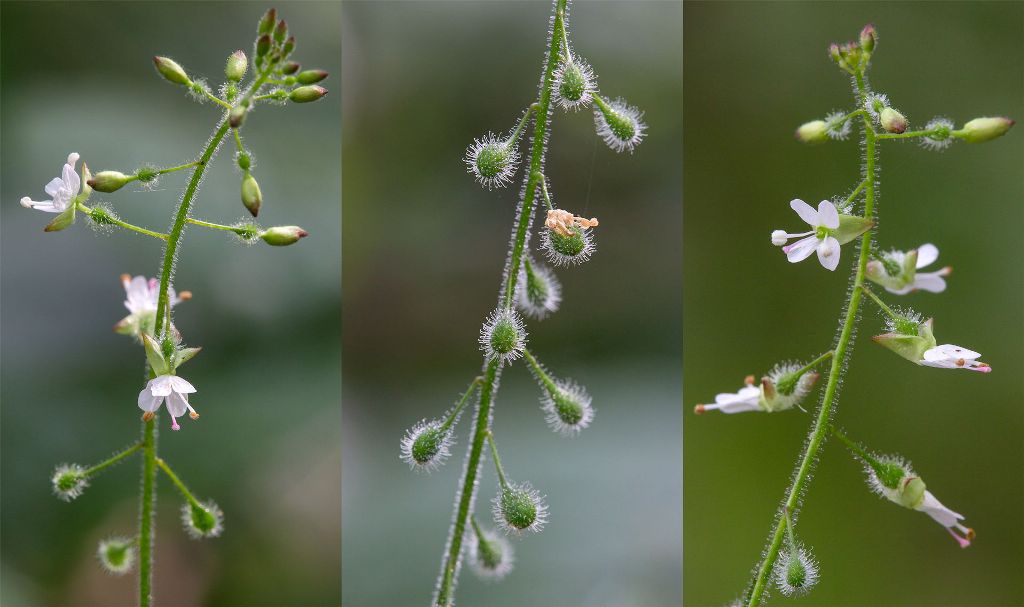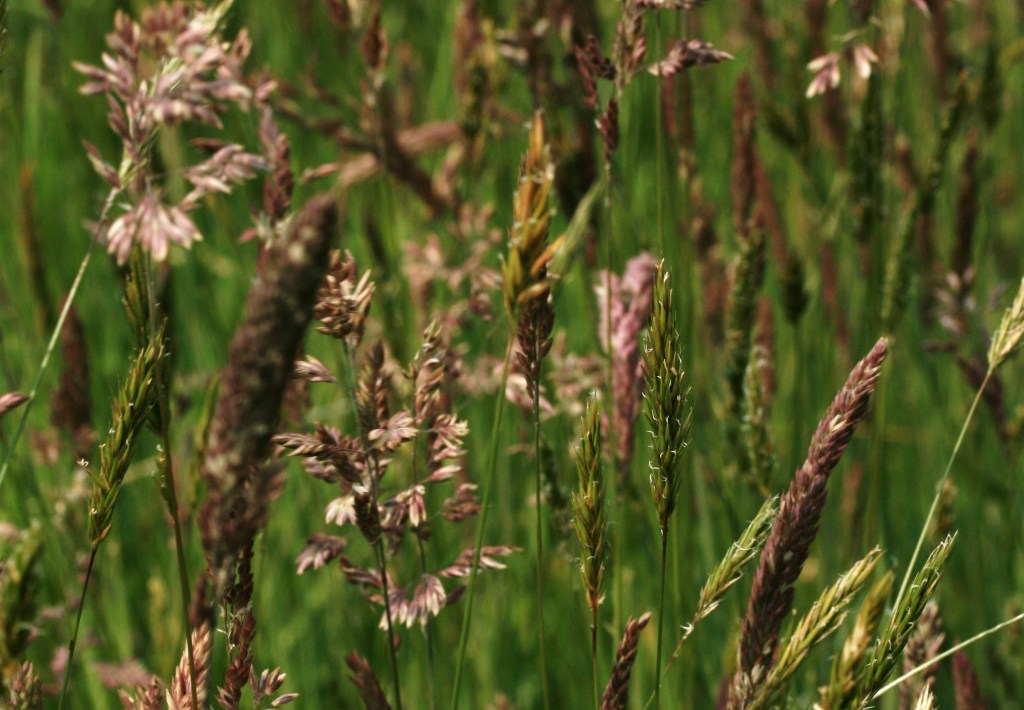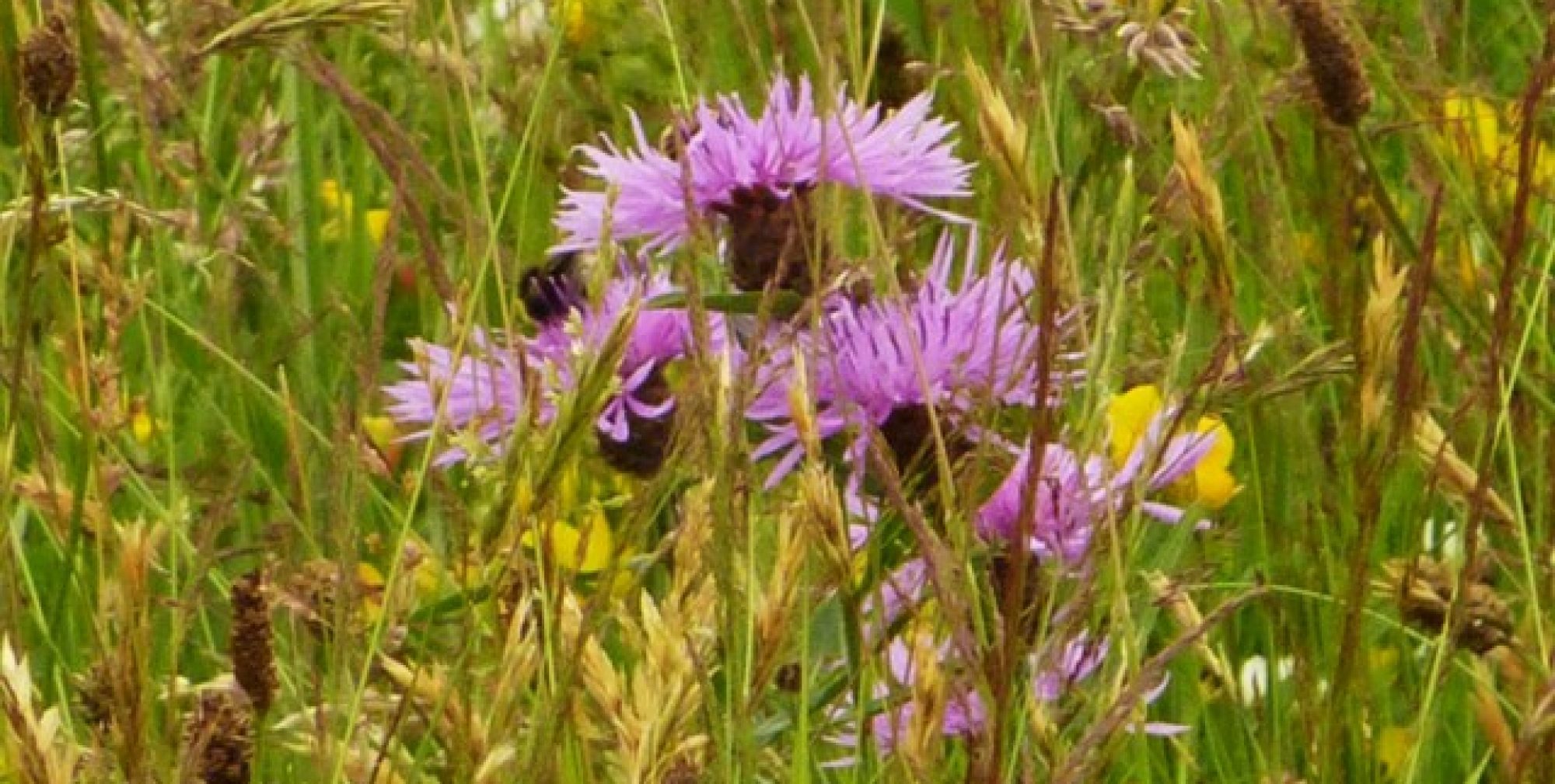Horticulture has been my career since the early eighties after starting off learning and practicing Floristry in my native Holland (The Netherlands).
The reason for doing this blog on native plants, or weeds as most people call them, is that they are so much ignored and in the worst scenario, hated and chemically attacked.
Having loved all types of plants and nature all my life, I feel I have to say something positive for the underdog and make people see that they really are not so bad after all!
I identify myself a little with weeds; being bullied at secondary school and later by senior management in various jobs.
But native plants are survivors and much more interesting than first appearances would seem. Often delicate and pretty in the small details, especially when you look through a magnifying glass! Hopefully this doesn’t apply to me?
Native plants do a LOT of good for the immediate soil they grow in and for the surrounding wildlife and environment.
I have been a free-lance horticulturist/gardener for well over 6 years, but have so much to share about my passion for plants and in particular all native/wild plants, that I thought it would be a good idea to start this blog with help of my mentor, Lynne, and moral support by my partner Matt, who also has to do all the proof-reading.
I do hope you will enjoy reading my blog and learning a bit more about the fascination for weeds or wild flowers!




